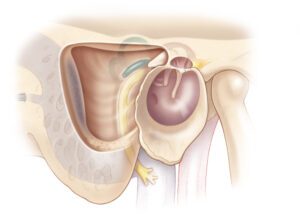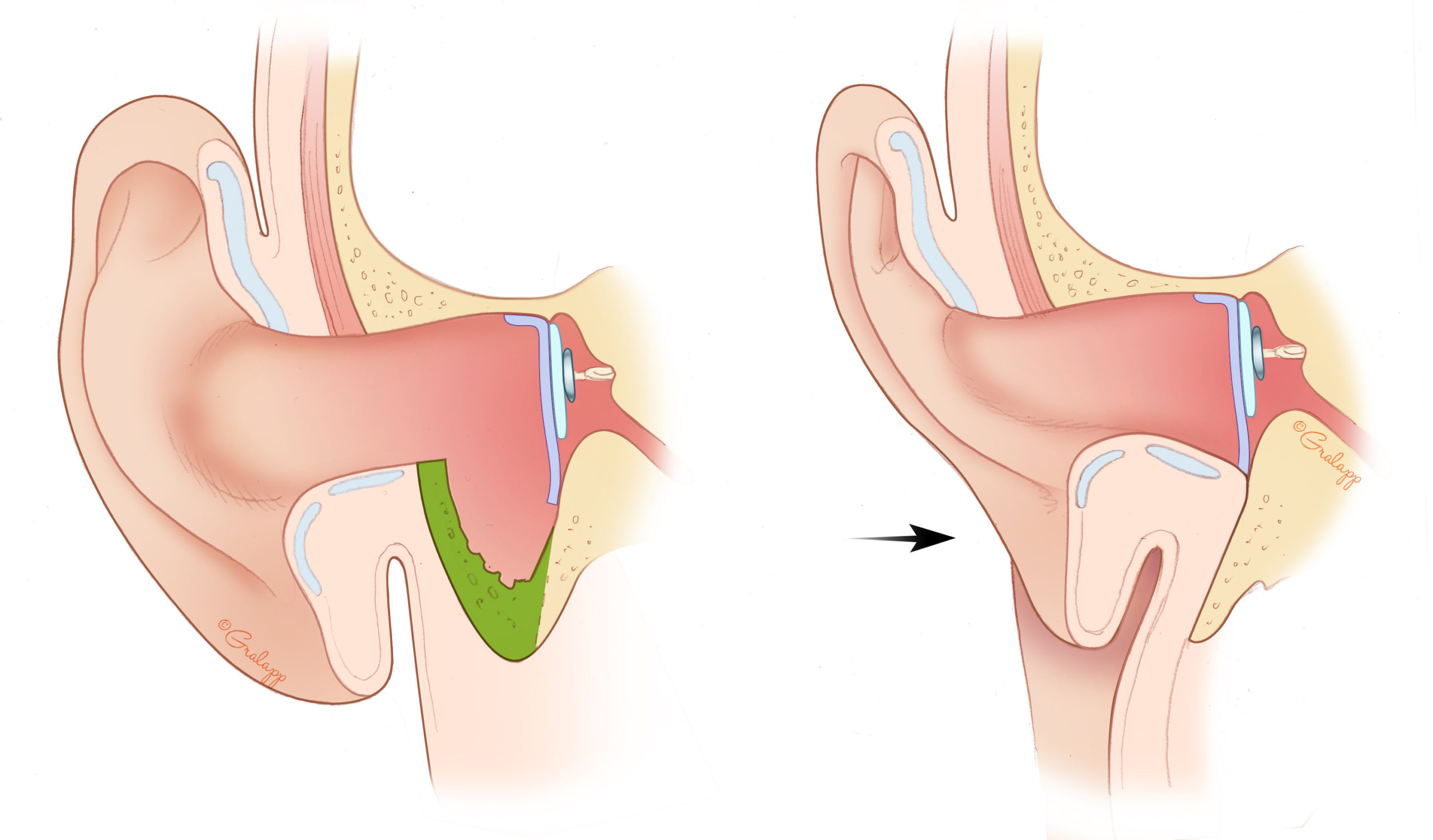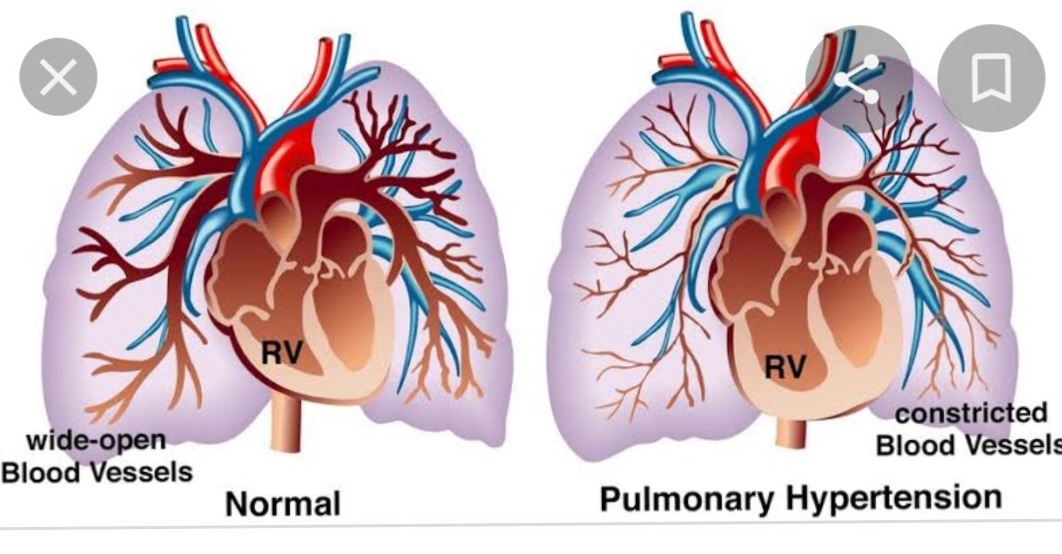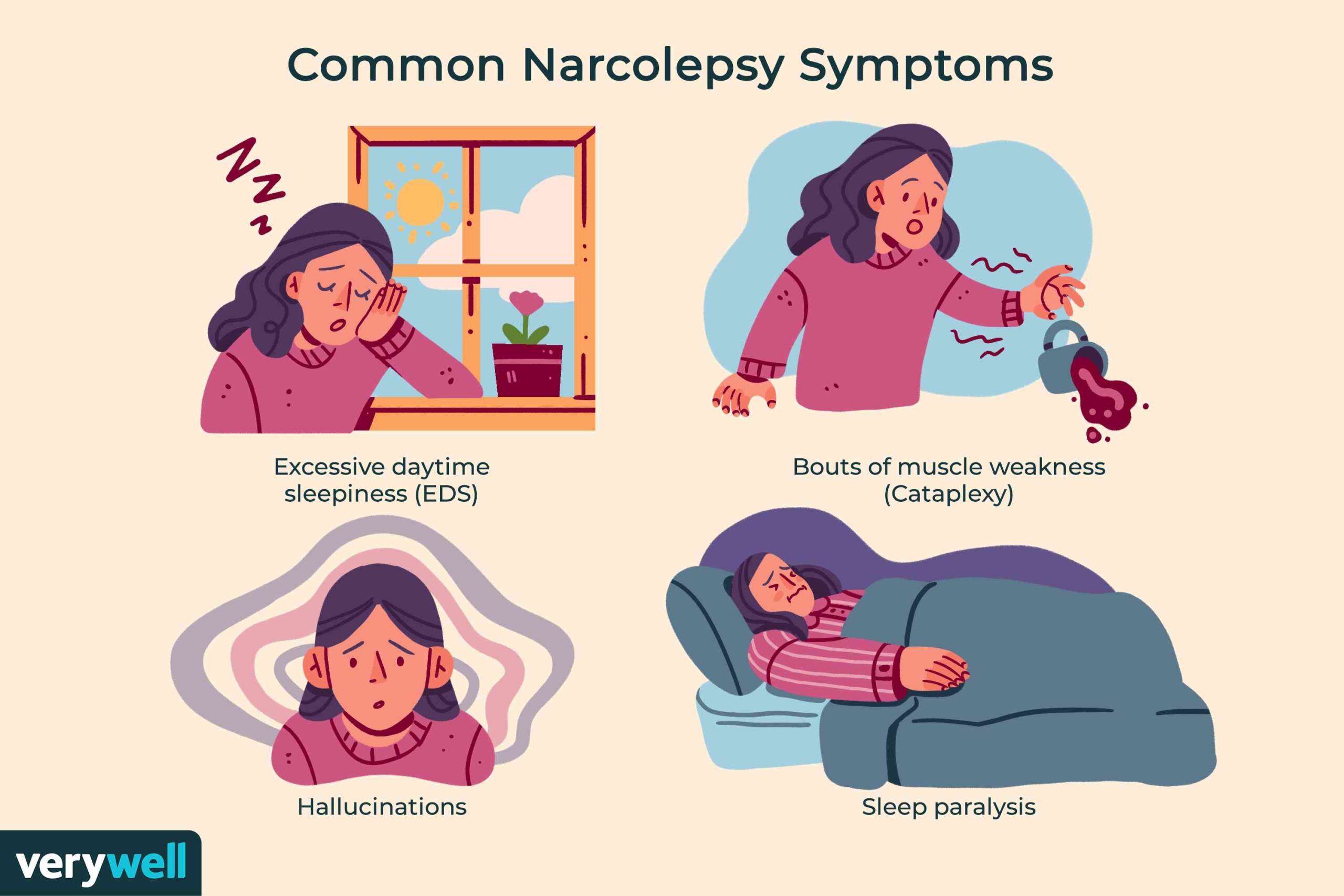Ear canal wall up mastoid surgery-various aspects-
A canal wall up mastoidectomy is a surgical operation that eliminates infected bone from the mastoid area while preserving the ear canal. It is one of the primary forms of mastoidectomy procedures.
A canal-wall-up mastoidectomy is a surgical technique that retains the external auditory canal while eliminating the mastoid air cells. It is also referred to as a tympanomastoidectomy or intact-canal wall (ICW) mastoidectomy.


If any patient of ENT requires any surgery, opd consultation or online consultation in clinic of ENT specialist Doctor Dr Sagar Rajkuwar ,he may contact him at the following address-
Prabha ENT clinic, plot no 345,Saigram colony, opposite Indoline furniture Ambad link road ,Ambad ,1 km from Pathardi phata Nashik ,422010 ,Maharashtra, India-Dr Sagar Rajkuwar (MS-ENT), Cel no- 7387590194 , 9892596635
What it’s used for Treating acute mastoiditis and Managing chronic ear disease.
How it’s performed
An “ear canal wall up mastoid surgery,” also referred to as a “canal wall up mastoidectomy,” entails gaining access to the mastoid bone situated behind the ear via an incision, eliminating infected air cells within the mastoid while maintaining the posterior wall of the ear canal (the canal wall), and subsequently reconstructing the surgical area by keeping the canal wall intact, essentially “up” in its original alignment; this procedure is generally conducted under general anesthesia to extract cholesteatoma or address chronic ear infections that have extended to the mastoid bone.
A canal wall up mastoidectomy, or tympanomastoidectomy, retains the posterior bony wall of the external auditory canal during the procedure to reach the mastoid cavity, whereas a canal wall down mastoidectomy removes this wall, resulting in a larger, open cavity.
Canal Wall Up Mastoidectomy:
- This procedure seeks to maintain the posterior bony wall of the ear canal (the wall separating the ear canal from the mastoid cavity).
- It’s generally employed for initial instances of acute mastoiditis or for situations where the disease is constrained and the ear canal remains intact.
- The surgeon accesses the middle ear space (behind the eardrum) and the mastoid cavity by excising the mastoid air cells, while preserving the canal wall.
- This method intends to maintain the natural anatomy of the ear canal and middle ear.
Key steps of a canal wall up mastoidectomy:
Incision:
The surgeon creates a post-auricular incision behind the ear to reach the mastoid bone.
Bone removal:
Utilizing specialized instruments such as a drill, the surgeon carefully extracts the mastoid air cells, exposing the mastoid antrum (the central cavity of the mastoid) while safeguarding the posterior wall of the ear canal.
Facial nerve identification:
Throughout the surgery, the surgeon must diligently recognize and avoid harming the facial nerve, which is positioned near the mastoid cavity.
Cholesteatoma removal:
If the operation is intended for cholesteatoma, the surgeon will carefully eliminate all remnants of the cholesteatoma tissue from the middle ear and mastoid cavity.
Closure:
Once the requisite bone is removed and the affected area is cleansed, the surgical site is secured with sutures, and a dressing is applied.
Canal Wall Down Mastoidectomy:
- This procedure entails removing the posterior bony wall of the ear canal, resulting in a large, open cavity that unites the ear canal, mastoid, and middle ear spaces.
- It’s usually reserved for instances of chronic otitis media, recurrent cholesteatoma, or when the ear canal is significantly damaged or infected.
- The opening of the ear canal is often expanded to enhance cleaning and access to the mastoid cavity.
- This technique is sometimes referred to as a radical or modified mastoidectomy.


Important considerations:
Canal wall down vs. canal wall up:
A “canal wall down” mastoidectomy involves excising part of the posterior ear canal wall as well, which may be essential in specific circumstances where access to the middle ear is required.
Postoperative care:
After surgery, patients will generally need to manage pain with medication, maintain cleanliness of the surgical site, and refrain from water exposure for a designated timeframe.
- The surgeon excises more bone than in a simple mastoidectomy to reach the middle ear space.
- The surgeon removes Koerner’s septum to form a mastoid bowl that connects with the antrum and epitympanum.
- The surgeon repairs any canal defects using cartilage or bone grafts.
Comparison to canal-wall-down mastoidectomy
A “canal wall up” mastoidectomy retains the posterior wall of the ear canal, maintaining the mastoid cavity’s separation from the ear canal, whereas a “canal wall down” mastoidectomy eliminates this wall, effectively forming a single open space between the mastoid and ear canal; the principal distinction centers on whether the bony barrier separating the ear canal and mastoid is preserved during the operation, with “canal wall up” retaining it and “canal wall down” discarding it, influencing accessibility for post-operative evaluation and the recurrence risk based on the condition treated.
Key points to consider:
Access and monitoring: A canal wall down surgery affords enhanced access to the mastoid cavity for thorough disease excision, but necessitates more vigilant post-operative management due to the open cavity, while a canal wall up procedure might render certain areas more challenging to observe for potential recurrence.
Cholesteatoma management: For cholesteatoma treatment, a canal wall down technique is frequently favored as it permits a more complete excision of the lesion, while a canal wall up approach could be applied for smaller or less invasive situations where it is essential to preserve the ear canal anatomy.
Hearing preservation:
Canal wall up techniques typically provide superior hearing preservation in comparison to canal wall down procedures, as they minimally disturb the middle ear components.
Patient management:
Canal wall down surgery often necessitates more regular post-operative cleanings and stringent water restrictions due to the open cavity, whereas canal wall up may involve less rigorous post-operative maintenance.
When to choose each procedure: Canal wall up:
Smaller cholesteatoma Desire for enhanced hearing preservation Cases where retaining ear canal anatomy is vital
Canal wall down:
Large or extensive cholesteatoma High probability of recurrence with canal wall up method Situations needing ample exposure for total disease excision
- A canal-wall-down mastoidectomy removes the posterior and superior walls of the external auditory canal.
- A canal-wall-down mastoidectomy is typically designated for patients with chronic otitis media or recurrent cholesteatoma.
Other names Tympanomastoidectomy, Intact-canal wall (ICW) mastoidectomy, and Combined approach.
Canal wall up and down mastoidectomy
Canal wall up (CWU) and canal wall down (CWD) mastoidectomies are operations that provide access to the middle ear. The primary distinction between the two lies in the preservation of the ear canal.
Like a canal wall up mastoidectomy, it involves the removal of the lateral wall of the mastoid, and Koerner’s septum is excised to establish a connection with the middle ear cavity 1. The key difference is that the posterior superior wall of the external acoustic meatus is also extracted 1.
The objective of cholesteatoma treatment is to eliminate the disease and establish a secure and dry ear while preventing the reappearance of the condition and preserving or potentially enhancing hearing (1). The optimal surgical technique for cholesteatoma treatment has been a topic of debate for many years. Although both canal wall down (CWD) and canal wall up (CWU) tympanomastoidectomy possess their pros and cons, the CWU method is frequently favored as it avoids the creation of a radical cavity. A radical cavity may lead to a situation with higher frequencies of recurrent otitis and necessitates consistent debridement. In contrast, the CWU method preserves the typical anatomy of the external ear canal, generally resulting in fewer instances of refractory otitis. Furthermore, after CWU surgery, routine debridement of the ear is typically not necessary, and hearing aids are better suited and more comfortably tolerated (2–4). However, a major concern linked to choosing the CWU method is the heightened risk of recurrent and residual cholesteatoma (5). In previous studies, recidivism rates—including both recurrent and residual rates—have been documented as 4 to 17% when employing CWD tympanomastoidectomy, compared to rates ranging from 9% to 70% with the CWU method (5, 6). Since the wide variation in prevalence cannot solely be attributed to the surgical method, various other factors must play a role, including the surgeon’s experience and patient-related considerations.
There has been increasing interest in filling the epitympanic and mastoid regions following either CWD or CWU tympanomastoidectomy, with the main aim of enhancing disease control. The initial efforts were recorded in 1911 by Mosher (7). Mercke was among the first otologists to report results with low recurrent and residual rates following obliteration in conjunction with CWD tympanomastoidectomy (8). Encouraging results as detailed by Offeciers et al. ensued using a different technique, which maintained the posterior canal wall (9). Recently, van der Toom et al. demonstrated in their systematic review that obliterating the mastoid decreases the recurrence rates for both the CWD (5. 9% recurrent rate, 5. 8% residual rate) and CWU techniques (0. 28% recurrent rate, 4. 2% residual rate) (6). Therefore, merging the CWU technique with obliteration appears to be a promising strategy to enhance disease control.
What is canal wall up mastoidectomy?
A canal wall up mastoidectomy is a surgical operation that excises bone from the mastoid bone while maintaining the posterior wall of the external auditory canal. This operation is utilized to address mastoiditis and cholesteatoma.
What it does
- Enables the surgeon to reach the middle ear space located behind the eardrum
- Forms a mastoid bowl or cavity
- Links the mastoid cavity with the antrum and epitympanum
When it’s performed
- Generally for the initial episode of acute mastoiditis
- May also be employed to manage cholesteatoma
Comparison to canal wall down mastoidectomy
- A canal wall down mastoidectomy removes the posterior and superior osseous external auditory canal
- A canal wall down mastoidectomy necessitates more regular mastoid cleaning appointments
Other considerations
- The type of mastoidectomy conducted relies on various factors, which include the patient’s anatomy, extent of disease, and risks to hearing and balance
- A canal wall up mastoidectomy can aid in preserving hearing and the structure of the ear canal
Is mastoid surgery serious?
Is mastoidectomy considered a major surgery? Mastoidectomy is indeed a major surgery. An individual will be given general anesthesia and may need as long as 12 weeks to completely recover.
-FOR FURTHER INFORMATION IN GREAT DETAIL ON Mastoid surgery complications PL CLICK ON THE LINK GIVEN BELOW-It is always better to view links from laptop/desktop rather than mobile phone as they may not be seen from mobile phone. ,in case of technical difficulties you need to copy paste this link in google search. In case if you are viewing this blog from mobile phone you need to click on the three dots on the right upper corner of your mobile screen and ENABLE DESKTOP VERSION
-FOR FURTHER INFORMATION IN GREAT DETAIL ON Mastoiditis surgery cost in India PL CLICK ON THE LINK GIVEN BELOW-It is always better to view links from laptop/desktop rather than mobile phone as they may not be seen from mobile phone. ,in case of technical difficulties you need to copy paste this link in google search. In case if you are viewing this blog from mobile phone you need to click on the three dots on the right upper corner of your mobile screen and ENABLE DESKTOP VERSION.
-FOR FURTHER INFORMATION IN GREAT DETAIL ON Mastoid surgery recovery PL CLICK ON THE LINK GIVEN BELOW-It is always better to view links from laptop/desktop rather than mobile phone as they may not be seen from mobile phone. ,in case of technical difficulties you need to copy paste this link in google search. In case if you are viewing this blog from mobile phone you need to click on the three dots on the right upper corner of your mobile screen and ENABLE DESKTOP VERSION.
-FOR FURTHER INFORMATION IN GREAT DETAIL ON Mastoid surgery aftercare PL CLICK ON THE LINK GIVEN BELOW-It is always better to view links from laptop/desktop rather than mobile phone as they may not be seen from mobile phone. ,in case of technical difficulties you need to copy paste this link in google search. In case if you are viewing this blog from mobile phone you need to click on the three dots on the right upper corner of your mobile screen and ENABLE DESKTOP VERSION.
-FOR FURTHER INFORMATION IN GREAT DETAIL ON Mastoidectomy Surgery: Benefits, Risks, and Recovery PL CLICK ON THE LINK GIVEN BELOW-It is always better to view links from laptop/desktop rather than mobile phone as they may not be seen from mobile phone. ,in case of technical difficulties you need to copy paste this link in google search. In case if you are viewing this blog from mobile phone you need to click on the three dots on the right upper corner of your mobile screen and ENABLE DESKTOP VERSION.








